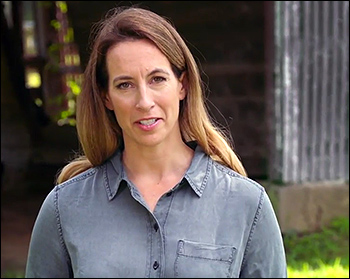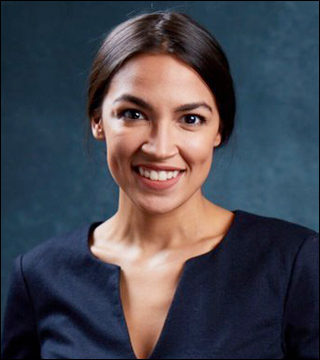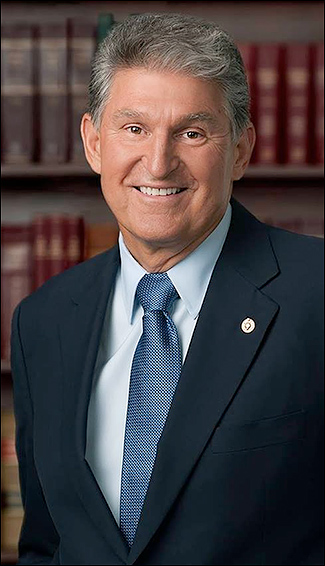By Jim Ellis
 June 29, 2018 — In continuing the effort to monitor primary turnout as a potential indicator of how the general election may unfold and whether a Democratic wave is forming, today we examine the preliminary participation numbers from the June 26 primaries.
June 29, 2018 — In continuing the effort to monitor primary turnout as a potential indicator of how the general election may unfold and whether a Democratic wave is forming, today we examine the preliminary participation numbers from the June 26 primaries.
Previously, in the 26 states where primaries were held, it appears that a normal turnout pattern had developed. Generally, more Democrats were voting in the states that typically vote Democratic, while more Republicans participated in those places where Republican candidates win the greater number of offices. In the five pure primary (non-run-off) states that held primaries on Tuesday, such a pattern continued. Utah was not included in the following analysis because the state did not feature any political contest where both Democrats and Republicans held a primary vote.
Democrats decisively turned out more people in Maryland (the Senate Democratic primary attracted 560,477 votes while the Republicans only produced 169,047), as one would expect, since the Free State is one of the strongest Democratic entities in the country. Conversely, more Republicans than Democrats voted in the Oklahoma primary (452,194 to 395,038 in the gubernatorial race), and that ratio, too, was anticipated.
Colorado, generally considered a swing state but one moving toward the Democrats in most elections, again saw more Democrats participating in Tuesday’s election. In the open governor’s race, 627,839 Democrats voted in the gubernatorial primary as compared to 493,445 Republicans. Once more, these numbers are predictable and represent a rather normal voter turnout pattern.
While talk of a “blue wave” continues and polls continue to show that more Democrats are interested and enthused about the coming midterm elections in the fall, such is not apparent in actual voting behavior within the two largest and most prolific Democratic states. In California, as we previously reported, while more Democrats than Republicans voted in the statewide jungle primary, in the seven targeted congressional districts more people voted for Republican candidates in six of those seven.





